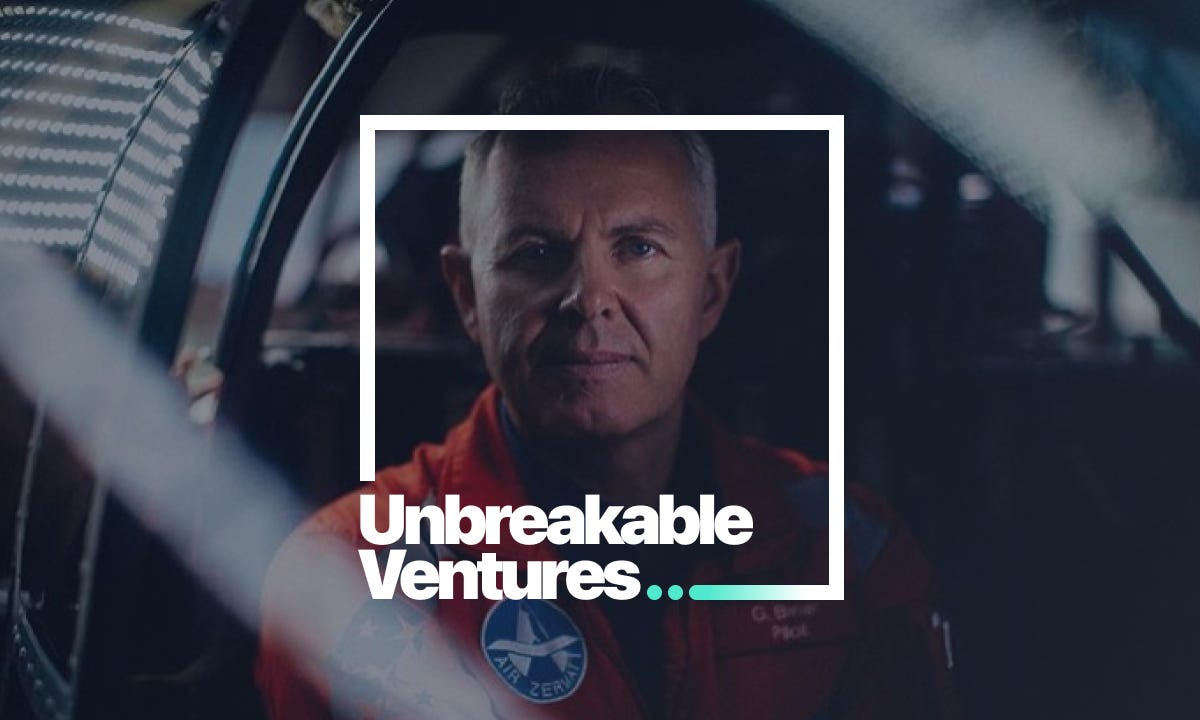Deep Dive: What Red Bull's 'The Horn' Documentary can teach us about resilience
Resilience techniques that save lives: Here is how Air Zermatt's alpine rescue team use techniques we can utilise in our own lives.
When I’d first written about this documentary, I could not have imagined the response. Nearly seven years later, the blog I provided to a client has received tens of thousands of reads, and at one point even outranked the Netflix page promoting it.
Things have changed since then, we have new and impactful threats to deal with. But the messages and observ…




